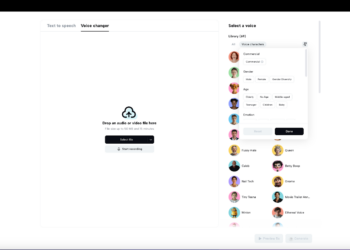Gamification, the process of incorporating game-like elements into non-game contexts, has rapidly gained traction as a key strategy in technology, business, education, and healthcare. By harnessing the innate human love for games, this approach transforms ordinary tasks into engaging experiences. However, gamification becomes even more effective when coupled with behavioral economics, the study of how psychological and emotional factors influence economic decisions. This powerful combination drives user engagement, loyalty, and behavior modification in ways that are both subtle and highly effective.
The Intersection of Gamification and Behavioral Economics
Behavioral economics provides a framework for understanding why people make certain decisions and how those decisions can be influenced. Traditional economic models often assume humans make rational choices, but in reality, psychological factors often lead to less predictable outcomes. Gamification leverages these insights to design experiences that are engaging, motivating, and, most importantly, effective in driving desired behaviors.
For instance, while conventional business strategies might rely on simple rewards to entice customers, behavioral economics teaches us that the way rewards are structured is just as important as their value. When combined with gamification, principles like loss aversion, social proof, and commitment bias create highly engaging environments that keep users coming back.
Key Behavioral Economics Principles and Their Applications in Gamification
Loss Aversion: People are often more motivated to avoid losses than to gain rewards. In gamification, this can be applied by incorporating elements like progress bars or streaks to highlight potential losses if users don’t continue engaging. For example, a fitness app might display a streak counter to encourage users to maintain their daily exercise routine.
Scarcity: Creating a sense of urgency through limited-time offers or exclusive rewards can drive user action. For instance, a gaming app might offer a free spins bonus for a limited time, encouraging users to take advantage of the opportunity.

Social Proof: Leveraging peer pressure and social validation can influence user behavior. Leaderboards, badges, and public achievements can encourage users to compete and strive for recognition. A language learning app might feature a leaderboard showing users’ progress, motivating them to improve their scores.
Commitment and Consistency: Once people have made a public commitment, they are more likely to follow through. Gamification can incorporate features that require users to publicly declare their goals or intentions, such as sharing their fitness progress on social media.
Endowment Effect: People tend to value items more if they own them. This can be applied in gamification by allowing users to “earn” or unlock features or rewards gradually.
Technological Implications of Gamification and Behavioral Economics
- Data-Driven Gamification: Technology enables the collection and analysis of user data, allowing for personalized gamification experiences. Machine learning algorithms can identify individual preferences and tailor rewards and challenges accordingly.
- Gamification Platforms: Specialized platforms and tools have emerged to simplify the implementation of gamification elements in various applications, from mobile apps to enterprise software. These platforms often incorporate behavioral economics principles to optimize user engagement.
Case Studies of Successful Gamification and Behavioral Economics
- Duolingo: This language learning app effectively uses gamification to motivate users. It incorporates elements like streaks, leaderboards, and virtual currency to make learning fun and engaging.

- Nike+ Run Club: This fitness app leverages social proof and competition to encourage users to stay active. It features leaderboards, challenges, and the ability to share achievements on social media.
- Khan Academy: This educational platform uses gamification to make learning more enjoyable for students. It incorporates elements like badges, points, and progress bars to motivate users to complete lessons.
The Future of Gamification and Behavioral Economics
As technology continues to advance, the combination of gamification and behavioral economics offers exciting possibilities for creating engaging, motivating, and effective user experiences. By understanding human psychology and leveraging technological capabilities, developers can design products and services that foster long-term user loyalty and drive business success.
In conclusion, gamification and behavioral economics are a powerful combination that can enhance user engagement, loyalty, and desired behaviors. By understanding and applying these principles, developers can create more compelling and effective digital experiences.














































































































